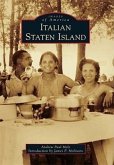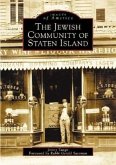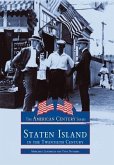From the moment Giovanni da Verrazzano first spied it in 1524, Staten Island has been recognized as a verdant oasis at the mouth of one of the world's most breathtaking natural harbors. Since that time, Staten Island has evolved from a hunting ground and farming community to one of suburban homes and small businesses. People have been drawn to the island's bucolic surroundings to escape the urban sprawl consuming so much of the city. From lush valleys to commanding heights, Staten Island has provided inspiration for writers like Henry Wadsworth Longfellow, Henry David Thoreau, and Ralph Waldo Emerson, as well as providing opportunities for entrepreneurs like Cornelius Vanderbilt, Donald Trump, Charles Goodyear, and Daniel Tompkins. The area afforded sanctuary to people like Giuseppe Garibaldi, Don Antonio de Santa Anna, Maxim Gorky, Xhevdet Mustafa, and Gustave von Struve to escape persecution. Staten Island chronicles more than 400 years of the island's transformation, illustrating the dramatic changes that have taken place in the fastest growing county in New York State.








